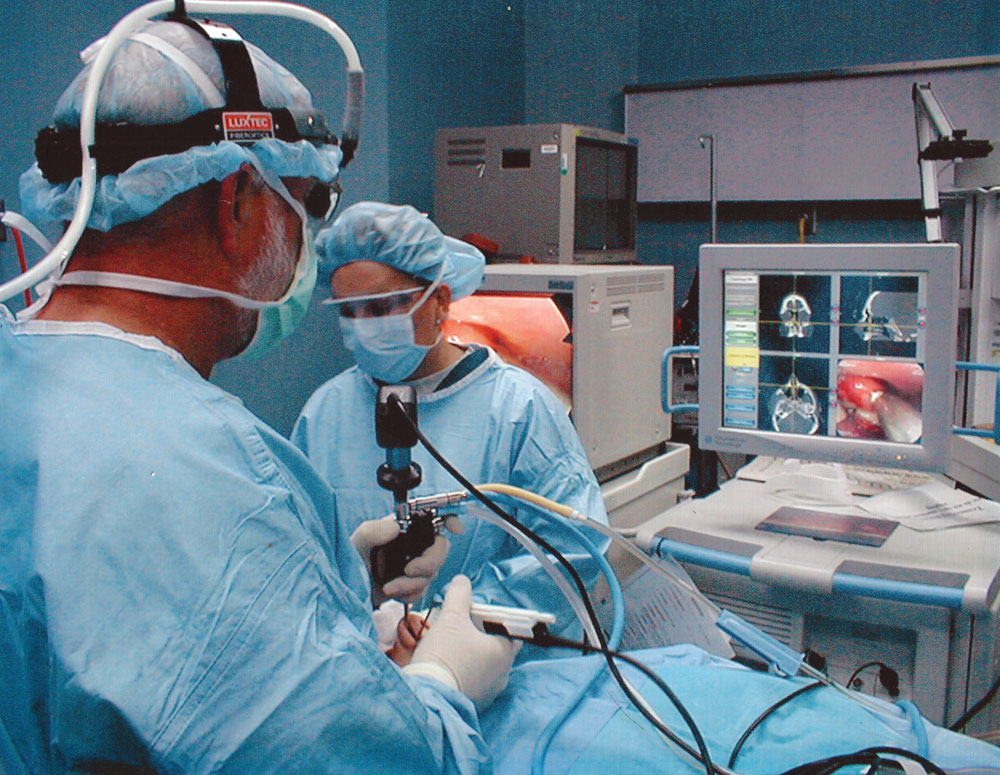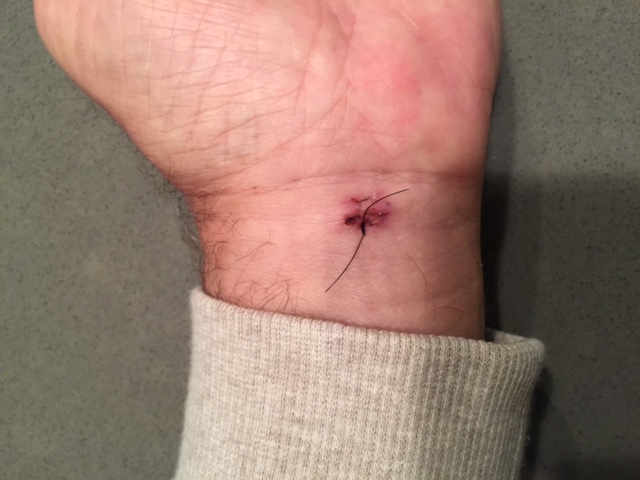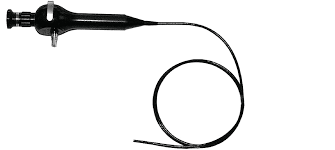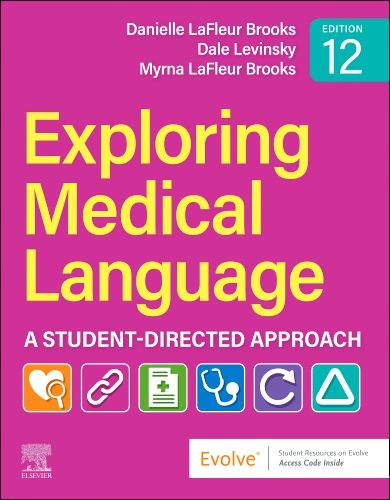Endoscopic Surgery and Diagnostic Endoscopy
The addition of flexible fiberoptic tubes, for diagnostic endoscopy, in the 1950s and the introduction of video cameras, for endoscopic surgery, in the 1980s revolutionized their utility leading to the common use of the procedures today.
Endoscopic Surgery

Which of the following is NOT endoscopic surgery?
- Minimally invasive surgery
- Keyhole surgery
- Video-assisted surgery
- Open surgery
- Laparoscopic surgery
If you chose “open surgery” you are correct. Open surgery, also called conventional surgery, refers to an operation that requires an incision of some size. The other four terms are used for endoscopic surgery.
Today, endoscopic surgery is considered one of the biggest success stories in the history of medicine. More surgeons are proficient at performing endoscopic surgery and it is often preferred over open surgery. Benefits include small incisions, less pain, low risk of infection, short hospital stay, quick recovery time, less scarring, and less expensive.
How Is Endoscopic Surgery Performed?

Endoscopic surgery utilizes a flexible tube called an endoscope inserted through a body opening, such as the mouth, or through a small incision(s). The endoscope has a small video camera attached which allows the surgeon to view the image on a computer screen. Surgery is performed using small instruments held in a channel within the scope, or through a small incision.
It is common to use the regions of the body to name types of endoscopic surgery such as laparoscopic (lapar-abdomen) surgery.
Diagnostic Endoscopy

Endoscopy (endo-within, scope-to view) is the term used for direct examination of a body cavity and is most often performed for diagnostic reasons. Some endoscopy terms are named after the body part being examined as in gastroscopy (gastr-stomach) which means a visual examination of the stomach.
Endoscopic is endoscopy converted to an adjective as used in endoscopic surgery. You will see it used as endoscopic appendectomy, endoscopic hysterectomy, or endoscopic prostatectomy.

Endoscope differs from endoscopic and endoscopy in that it is the instrument used to perform endoscopy rather than the procedure. Regions of the body are used, as well, to name the scope as in the medical terms laparoscope and gastroscope.
Pronunciation
Play it as often as you want to hear the word.
Endoscopic (en-do-SKOP-ik)
Endoscopy (en-DOS-ko-pee)
Endoscope (EN-do-skope)
History
Endoscopic surgery ‘took hold’ in the 1960’s.
- scope is from the Greek skopein, meaning to see or to view
- Hippocrates (460-375 BC) mentions using a speculum (endoscope) to look into the rectum
- 1806 – first endoscope created by Phillip Bozzini, a German-born urologist
- 1877 – first usable cystoscope was developed by German urologist, Maximilian Carl-Friedrich Nitze
- 1880 – first gastroscope was made by Mikulicz
- 1950’s – flexible fiberoptic endoscope replaced the rigid scope which revolutionized much of a surgeons practice
- 1960s-1970s – gynecologists took the lead in developing endoscopic surgery
- 1982 a major breakthrough came with the introduction of the solid-state video camera for laparoscopy
- 1990s – 1990s – several medical events happen within the medical profession to change the idea that open incisions were needed and surgeons began to embrace endoscopic surgery
Read other Featured Terms






